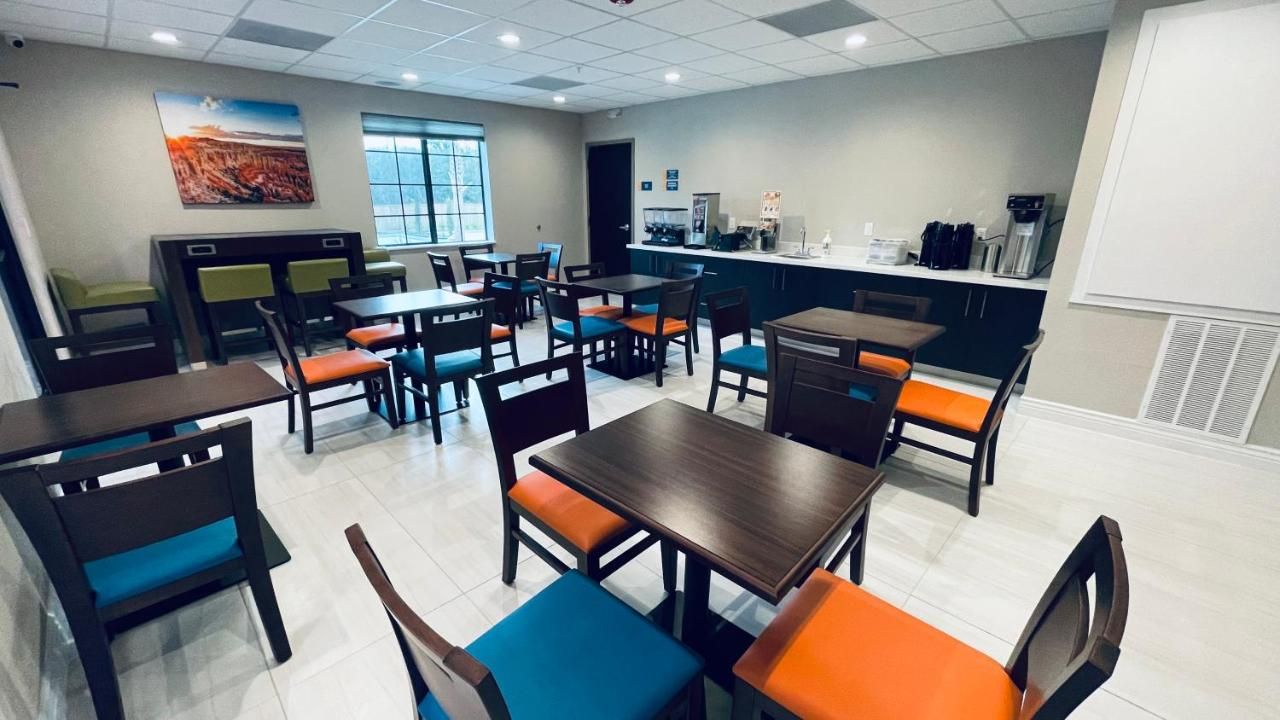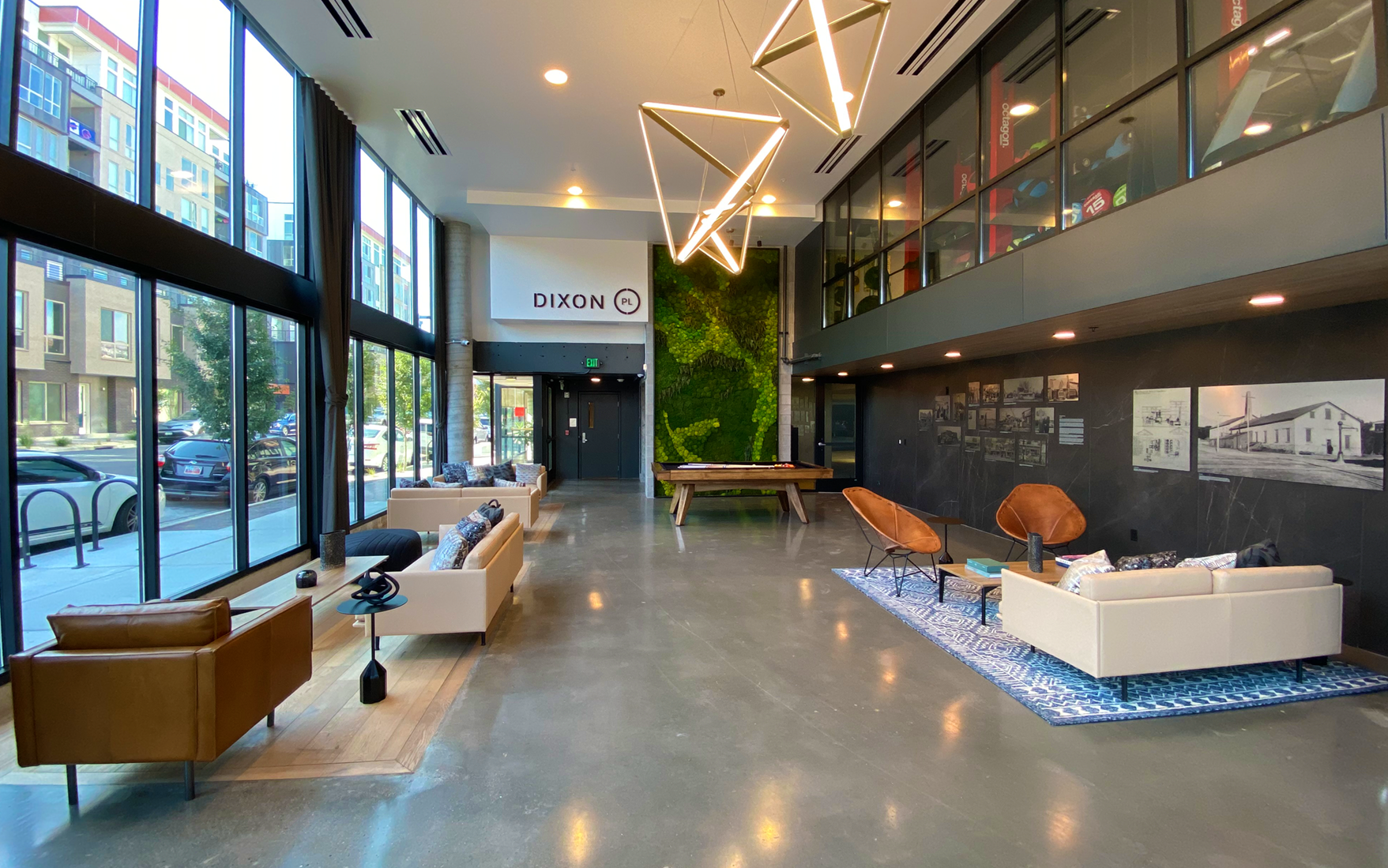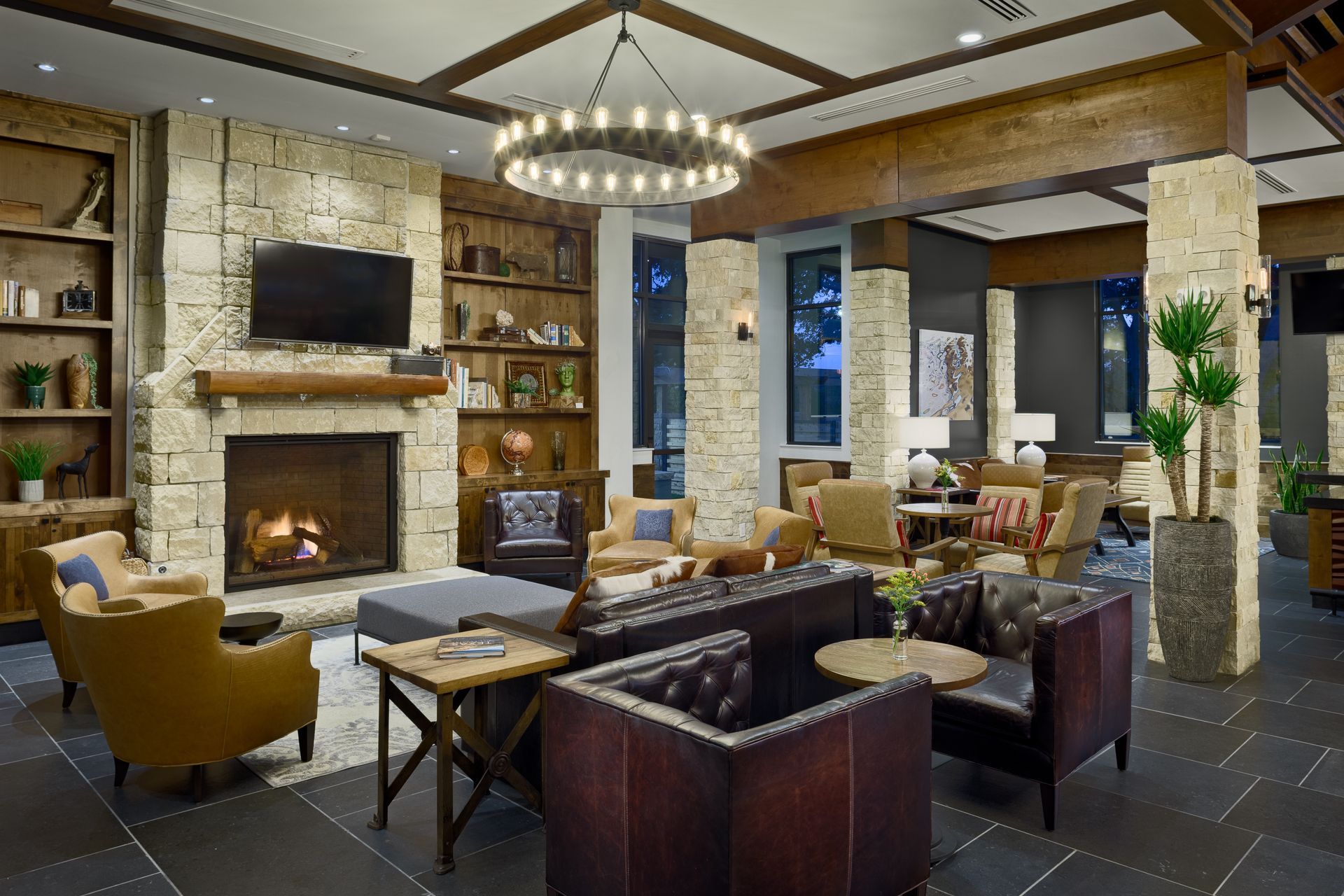FF&E Procurement: Streamlining the Process for Efficient Project Management

FF&E procurement is a key part of many design projects. It involves getting furniture, fixtures, and equipment for spaces like offices, hotels, and stores. FF&E procurement covers sourcing, buying, and setting up all the movable items in a building.
This process can be complex. You need to think about budget, quality, and deadlines. Good FF&E procurement helps make sure a space looks great and works well. It also keeps projects on time and on budget.
Knowing about FF&E procurement can help you manage design projects better. Whether you're a designer or a client, understanding this process is useful. It can save time and money, and lead to better results.
Key Takeaways
- FF&E procurement involves selecting and purchasing movable items for a space
- Good planning and budgeting are crucial for successful FF&E procurement
- Using the right tools can make the FF&E process more efficient and effective
Understanding FF&E Procurement
FF&E procurement is a key part of design and building projects. It involves getting the right furniture, fixtures, and equipment for a space. Let's look at what FF&E means and why it matters.
Key Concepts and Definitions
FF&E stands for furniture, fixtures, and equipment. These are items that are not part of a building's structure. Furniture includes chairs, tables, and desks. Fixtures are things like lights and cabinets. Equipment can be computers or kitchen appliances.
The FF&E process has several steps:
- Planning what you need
- Picking items
- Buying them
- Getting them delivered
- Setting them up
OS&E is like FF&E but for smaller items. It means operating supplies and equipment. This can be things like pens, paper, or cleaning supplies.
Let's Create an Amazing Space Together
Reach out to our passionate team today, and let's turn your FF&E vision into a reality that'll make you smile every time you walk through the door!

Importance in Interior Design and Construction
FF&E is a big deal in making spaces work well. In design, it helps create the right look and feel. For construction, it makes sure a building has what it needs to be useful.
Good FF&E choices can:
- Make spaces more comfy
- Help people work better
- Save money in the long run
The FF&E procurement process is key to finishing projects on time and on budget. It needs careful planning. You must think about how things will be used and how long they'll last.
FF&E can be a big part of a project's cost. Getting it right means your space will work well for years to come.
Planning and Budgeting
FF&E procurement requires careful financial planning. You'll need to analyze budgets, account for various costs, and manage cash flow effectively.
Comprehensive Budget Analysis
A comprehensive budget analysis is crucial for successful FF&E procurement. You should start by examining your project's scope and goals. Break down costs into categories like furniture, fixtures, and equipment. Don't forget to include shipping, installation, and taxes.
Create a detailed spreadsheet to track all expenses. This will help you spot areas where you might overspend. Consider using specialized software for larger projects.
Include a contingency fund of 5-10% for unexpected costs. This buffer can save you from budget overruns later on.
Budgeting for FF&E and OS&E
When budgeting for FF&E (Furniture, Fixtures, and Equipment) and OS&E (Operating Supplies and Equipment), you need to be thorough. Start by listing all items you'll need for your project.
Research prices from multiple vendors to get the best deals. Don't forget to factor in quantity discounts for bulk purchases.
Consider the lifecycle costs of items, not just their initial price. This includes maintenance and replacement costs over time.
Create separate budgets for FF&E and OS&E. This helps you track spending in each category more easily.
Accounting for Costs and Pricing
Accurate accounting is key to staying on budget. Use a reliable accounting system to track all expenses related to your FF&E procurement.
Keep detailed records of all purchases, including invoices and receipts. This helps with auditing and tax purposes.
Consider value engineering to reduce costs without sacrificing quality. This might involve finding alternative materials or negotiating better prices with suppliers.
Monitor your cash flow closely. Plan your purchases to align with your project's cash flow to avoid financial strain.
Regularly review your budget and actual spending. This allows you to make adjustments as needed and stay on track financially.

The Procurement Process
FF&E procurement involves finding suppliers, managing timelines, and tracking inventory. Each step requires careful planning and coordination to ensure successful project completion.
Sourcing Vendors and Materials
You'll start by identifying potential vendors for your FF&E needs. Research suppliers who can provide quality materials within your budget.
Create a list of approved vendors to streamline future projects.
When selecting materials, consider durability, aesthetics, and cost-effectiveness. Request samples to evaluate quality firsthand. Compare prices and terms from multiple suppliers to get the best value.
Develop strong relationships with your vendors. This can lead to better pricing, priority service, and flexibility on orders. Regular communication helps you stay informed about new products or potential supply issues.
Comprehensive sourcing is crucial for project success. Keep detailed records of vendor performance, including delivery times and product quality.
Navigating Lead Times and Logistics
Understanding lead times is critical in FF&E procurement. Some items may take weeks or months to produce and ship. Plan your timeline accordingly to avoid project delays.
Create a detailed schedule that accounts for manufacturing, shipping, and installation times. Build in buffer periods for unexpected delays. Regularly update your timeline as you receive new information from vendors.
Logistics management is key to smooth FF&E delivery. Coordinate with freight companies to ensure proper handling of your items. Consider factors like storage needs and site access for large deliveries.
Track your shipments closely. Use software to monitor progress and receive real-time updates. Have a plan in place for addressing shipping delays or damages.
Purchase Orders and Inventory Management
Accurate purchase orders (POs) are essential for effective FF&E procurement. Include detailed product specifications, quantities, prices, and delivery dates in each PO. Double-check all information before sending to vendors.
Use inventory management software to track your FF&E items. This helps you avoid overordering and ensures you have the right materials when needed. Regularly update your inventory records as items are received and installed.
Set up a system for receiving and inspecting deliveries. Check items against your PO and report any discrepancies promptly. Store materials safely to prevent damage before installation.
Effective inventory management helps control costs and improves project efficiency. Consider implementing a just-in-time delivery system for large projects to minimize storage needs.
Execution and Installation
The final phase of FF&E procurement focuses on delivering and setting up items at the project site. This stage requires careful planning and coordination to ensure everything goes smoothly.
Delivery and Installation Coordination
You'll need to create a detailed installation plan that outlines the timeline for each item's arrival and setup. Coordinate with suppliers, installers, and the project team to schedule deliveries.
Consider any site access restrictions or special equipment needs. You may need to arrange temporary storage or warehousing if items arrive before the space is ready.
Keep communication channels open between all parties. Regular updates help prevent delays and conflicts. Be prepared to adjust the schedule if unexpected issues arise.
Quality Control and Final Inspection
As FF&E items arrive, inspect them carefully for damage or defects. Compare each piece to the original specifications to ensure it meets your requirements.
Pay close attention to:
- Furniture condition and assembly
- Fixture functionality
- Lighting installation and operation
Document any issues you find. Take photos and notes to support potential claims or replacements.
Conduct a thorough final inspection once everything is in place. Test all equipment and systems to confirm proper operation.
Punch List and Project Closure
Create a punch list of any outstanding issues or incomplete work. This might include:
- Missing or damaged items
- Incorrect installations
- Needed touch-ups or adjustments
Work with suppliers and installers to resolve each item on the list. Set clear deadlines for completion and follow up regularly.
Once all punch list items are addressed, do a final walkthrough with key stakeholders. Get sign-offs on completed work. Collect all warranties, manuals, and maintenance information for the installed FF&E.
Compile a project closeout report summarizing the procurement process, final inventory, and any lessons learned for future projects.
Let's Create an Amazing Space Together
Reach out to our passionate team today, and let's turn your FF&E vision into a reality that'll make you smile every time you walk through the door!

Tools and Technologies for Efficient Procurement
Effective tools and software streamline FF&E procurement. They help you manage products, track costs, and simplify workflows.
Procurement and Specification Software
Procurement software makes FF&E selection easier. It lets you browse products, compare prices, and place orders in one place. Some tools use AI to suggest items based on your needs.
You can create detailed specs for each product. This helps avoid mistakes and ensures you get exactly what you want.
Popular options include Fohlio and Canoa. These platforms offer features like:
- Digital product catalogs
- Cost tracking
- Order management
- Collaboration tools
Databases and Digital Asset Management
A centralized database keeps all your FF&E info in one spot. You can store product details, images, prices, and supplier info.
This makes it easy to find what you need. You can quickly pull up specs or reorder items for future projects.
Flexible database tools let you customize fields. You can add things like sustainability ratings or lead times.
Digital asset management helps organize product images and documents. You can tag files for easy searching.
Using these tools, you'll speed up your workflow and reduce errors in FF&E procurement.
Frequently Asked Questions
FF&E procurement involves several key steps and considerations. Professionals in this field need specific skills and certifications to excel. Let's explore some common questions about FF&E procurement.
What are the essential steps in the FF&E procurement process?
The FF&E procurement process includes planning, selection, purchasing, delivery, and installation. You start by planning your needs and budget.
Next, you select items that meet your requirements. Then, you move on to purchasing and negotiate with suppliers.
Finally, you coordinate delivery and oversee the installation of all items.
How do FF&E procurement companies optimize for cost and quality?
FF&E procurement companies use several strategies to balance cost and quality. They often leverage their industry relationships to get better prices.
These companies also conduct thorough research to find high-quality items at competitive rates. They may use bulk purchasing to reduce costs.
Quality control measures are implemented throughout the process to ensure all items meet standards.
Which certifications are important for professionals in FF&E procurement?
Certifications in project management, such as PMP (Project Management Professional), can be valuable. Industry-specific certifications like CFSP (Certified Food Service Professional) are also useful.
Some professionals pursue certifications in interior design or hospitality management. These credentials demonstrate expertise and commitment to the field.
What specific considerations are there for hospitality FF&E procurement?
Hospitality FF&E procurement requires attention to durability and style. You need to choose items that can withstand heavy use while maintaining a welcoming atmosphere.
Brand standards often play a crucial role in hotel FF&E procurement. You must select items that align with the hotel's image and target market.
Budget management is particularly important, as hospitality projects often involve large-scale purchases.
How does furniture procurement differ from FF&E procurement?
Furniture procurement is a subset of FF&E procurement. FF&E includes a wider range of items beyond just furniture.
While furniture procurement focuses on seating, tables, and storage, FF&E also covers equipment like appliances and decorative elements like artwork.
FF&E procurement requires a broader knowledge base and often involves coordinating with more suppliers.
What are the best practices for selecting an FF&E procurement provider?
Look for providers with experience in your specific industry. Check their track record of completing projects on time and within budget.
Consider their network of suppliers and their ability to negotiate favorable terms. Ask about their project management processes and how they handle potential issues.
Also, evaluate their communication style and ensure it aligns with your needs.

